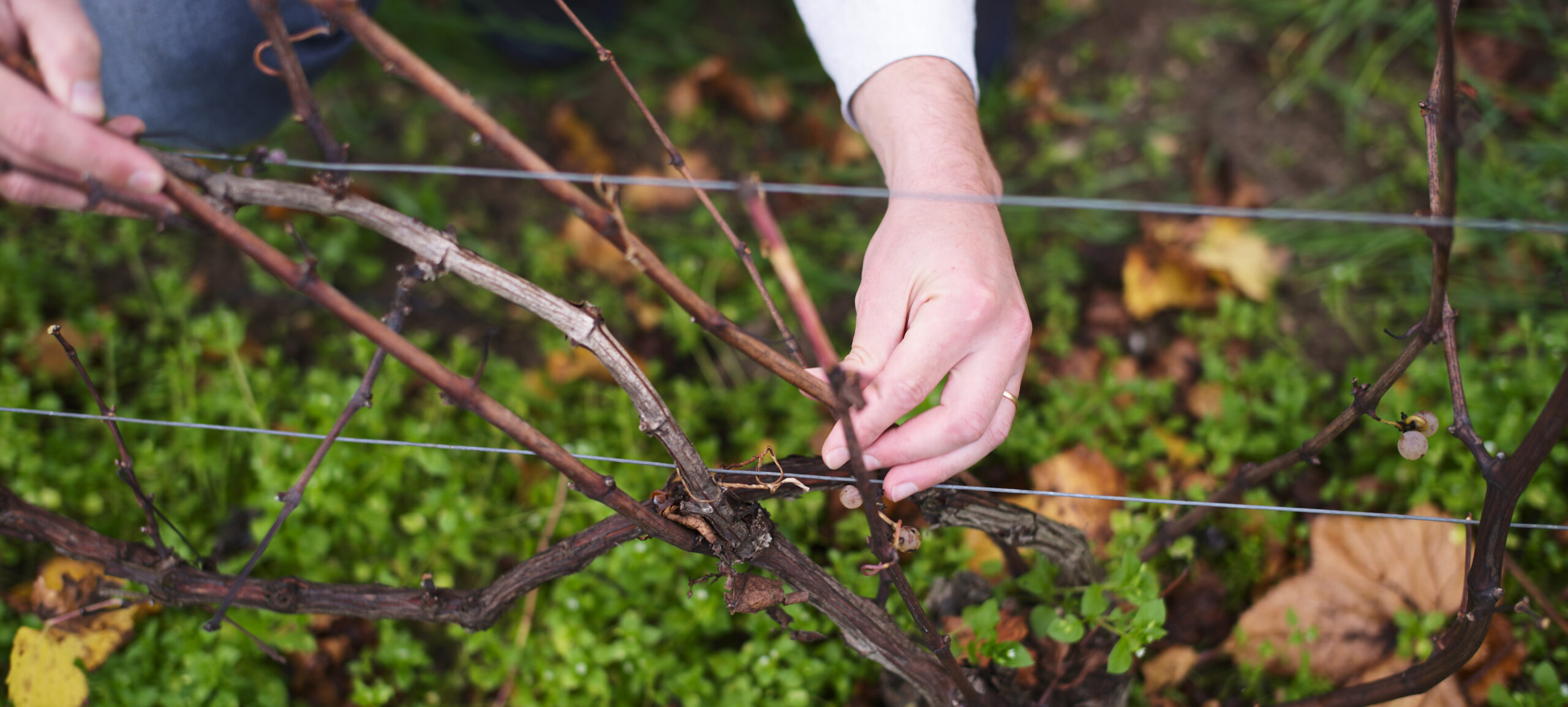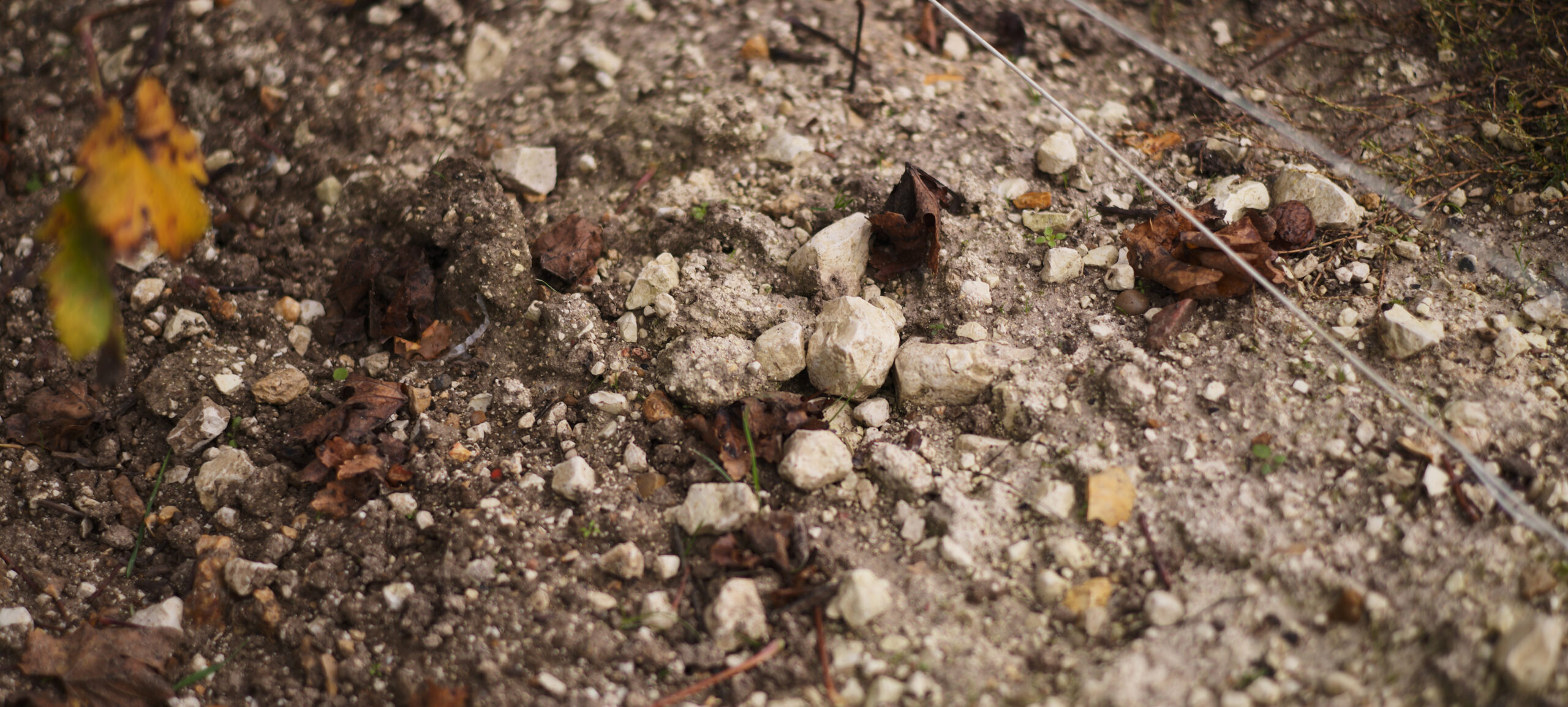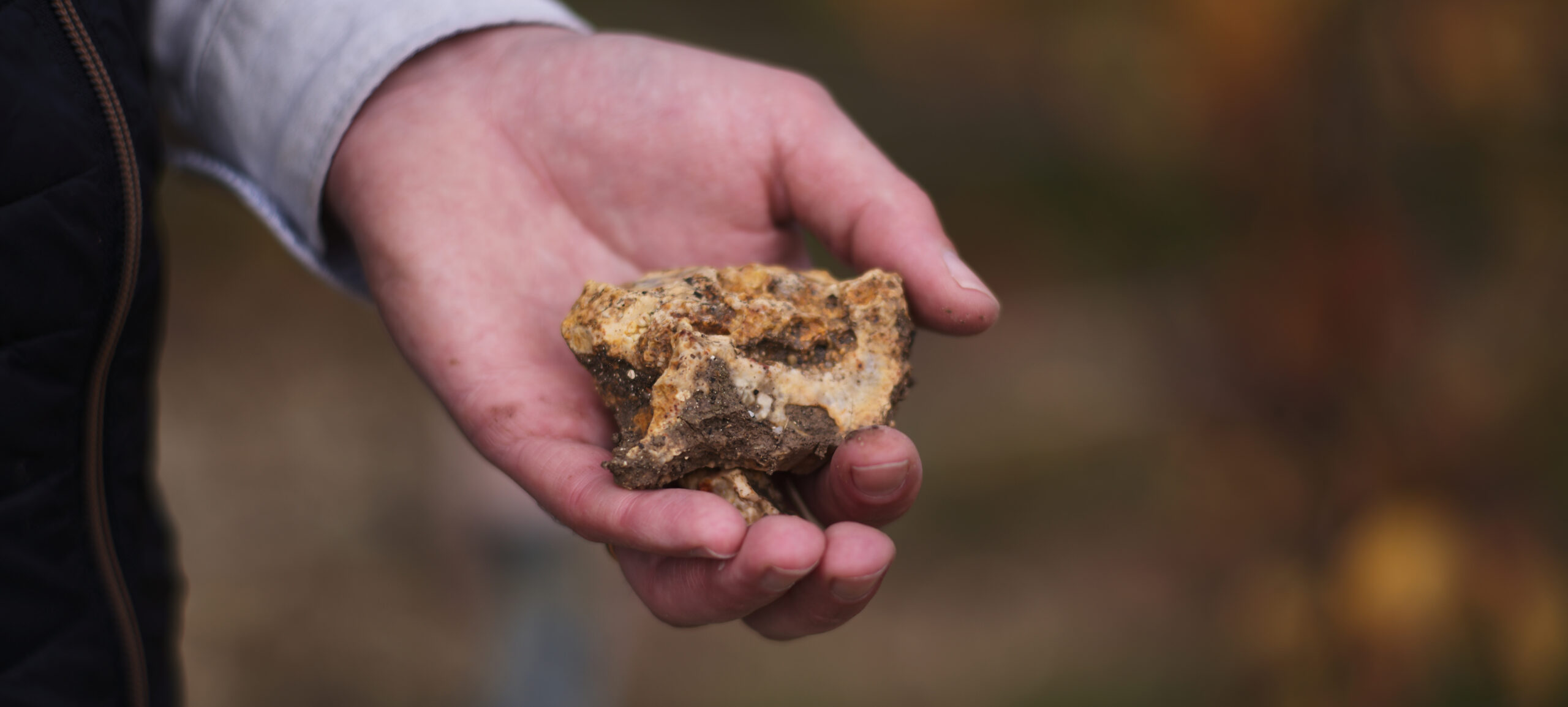Thanks to a new generation of Champenois growers whose work in the vineyards is revealing expressions worthy of single parcel bottlings, we are just beginning to discover the potential of Champagne’s vineyards and villages. Brothers Quentin and Alexandre Tellier are emblematic of this exciting evolution. Although the family's history as vineyard owners dates back to 1938, the brothers started their project in 2016, taking 3 hectares of family vines to vinify their own micro cuvées. In fact, it was their neighbor, Aurélien Laherte, who tipped us off to the Tellier wines, as the Laherte family historically have purchased some grapes from the Telliers and could vouch for the quality of their farming.
The winery is located in the village of Moussy, just four minutes by car from Chavot (home of Laherte Frères). The majority of the family's holdings are in Moussy and the adjacent village of Pierry. Here the soils are relatively deep clay over a bedrock of chalk and produce wines of power and complexity. They also have vineyards in the villages of Chavot, Fontaine-sur-Aÿ and Cramant, mostly of Chardonnay where the soils are shallow and lay over pure chalk close to the surface, producing mineral-driven wines with undeniable finesse. All in all, there are 13 separate plots which are each harvested and vinified separately, giving each wine the opportunity to tell its own story.
The Tellier range follows a hierarchy beginning with their blended wines, followed by single-village wines, and finally their parcellaire wines. The blended wines are called "Les Massales" given that most of their holdings are planted with Selection Massale vines. The single-village wines, currently from Pierry and Cramant, are usually blends of a few parcels from those villages. The parcellaire wines of course are the crown jewel of the line up and are produced from the best barrels of their top parcels, with about 500 bottles of each produced in a given vintage. In fact, one of the unique aspects at Tellier is that all of the wines, including the entry-level wines, are vintage dated.
The goal of the project is to slowly grow production as the Frères Telliers are able to take back more of the family's vineyards to produce wines that fit with their philosophy and high quality standards. To that end, they also built a new vinification cellar in 2022 to have more space not only for their wines but also for the equipment needed to continue to improve quality in the years to come.
The Telliers farm their vineyards organically. Harvests are done by hand, and the grapes are gently pressed with only the free-run juice kept for the production of their wines. The musts are protected by neutral gases in order to limit the addition of sulfur and allow for the most natural expression of the wines. All the wines are vinified in oak barrels, demi-muids and foudres, with a strong preference for fine-grained wood from forests in cold areas such as Vosges, Nièvre and Allier. The first fermentation is carried out using indigenous yeasts. During the 8 months of aging in wood, Quentin practices a bit of batonnage and frequently tops off the barrels to avoid any risk of premature oxidation. No sulfur is added during élévage.
After blending, the wines are bottled and taken down to the cellars where the secondary fermentation will take place. This is the beginning of a long metamorphosis in the cellar, lasting a minimum of 40 months. Quentin believes that time is not a constraint, but rather, a strength. Some wines will wait many more years before revealing themselves and developing the required finesse and complexity to be released. In keeping with the goal of producing wines without artifice, all wines are finished with minimal dosage levels.
All in all, the complexity of Tellier’s terroirs is reflected in the singularity of their wines. Their uncompromising efforts have led to a range of lithe, textured and layered Champagnes that embody the story of a transforming region.






